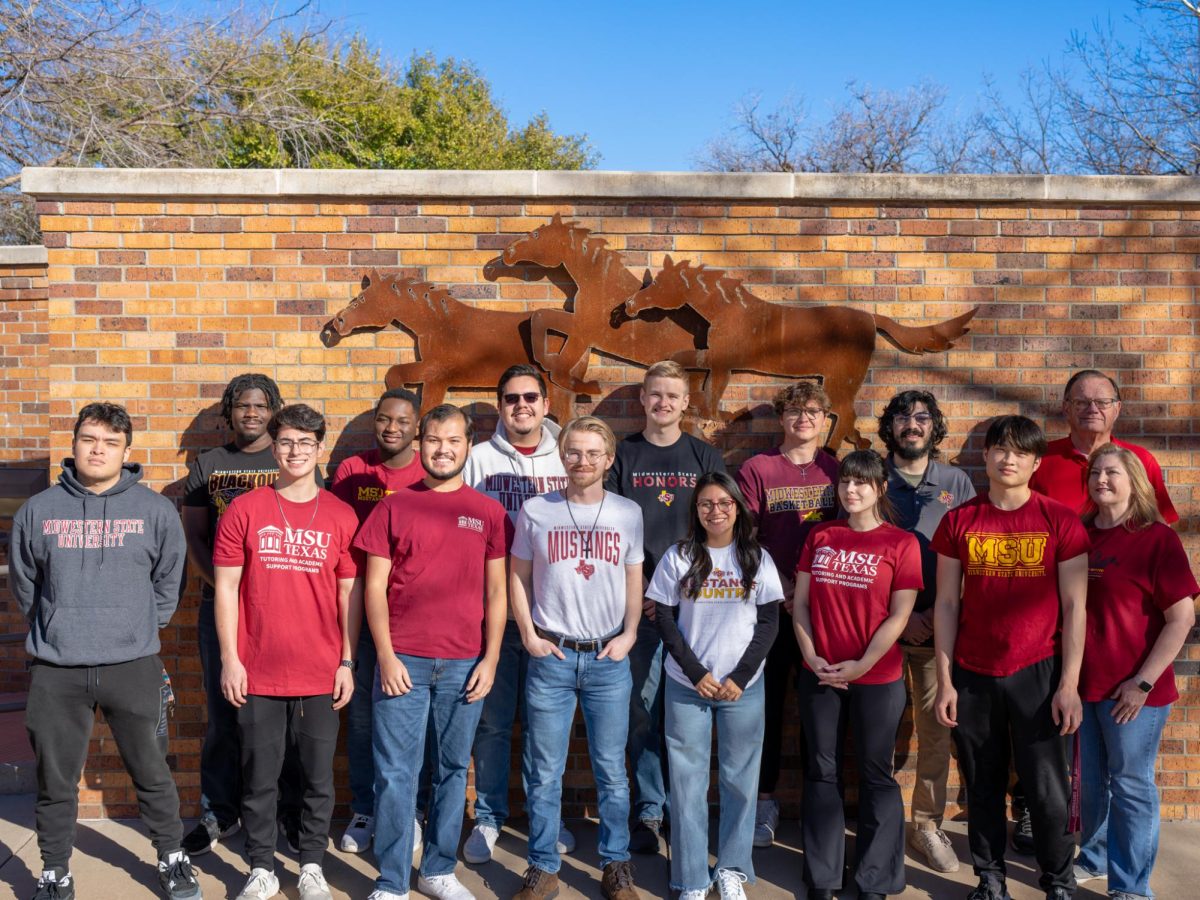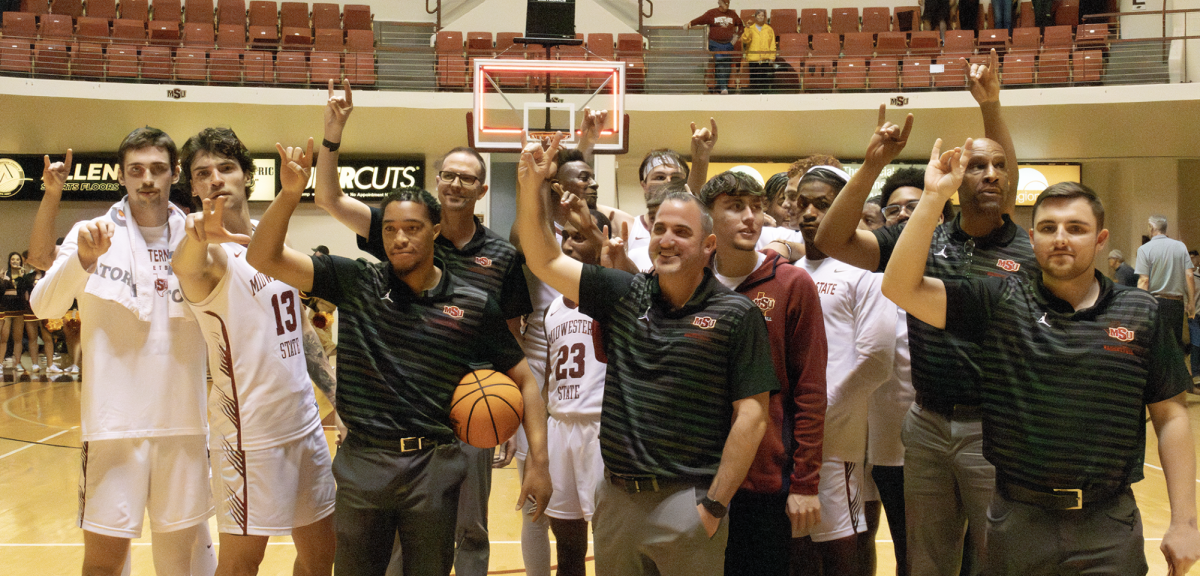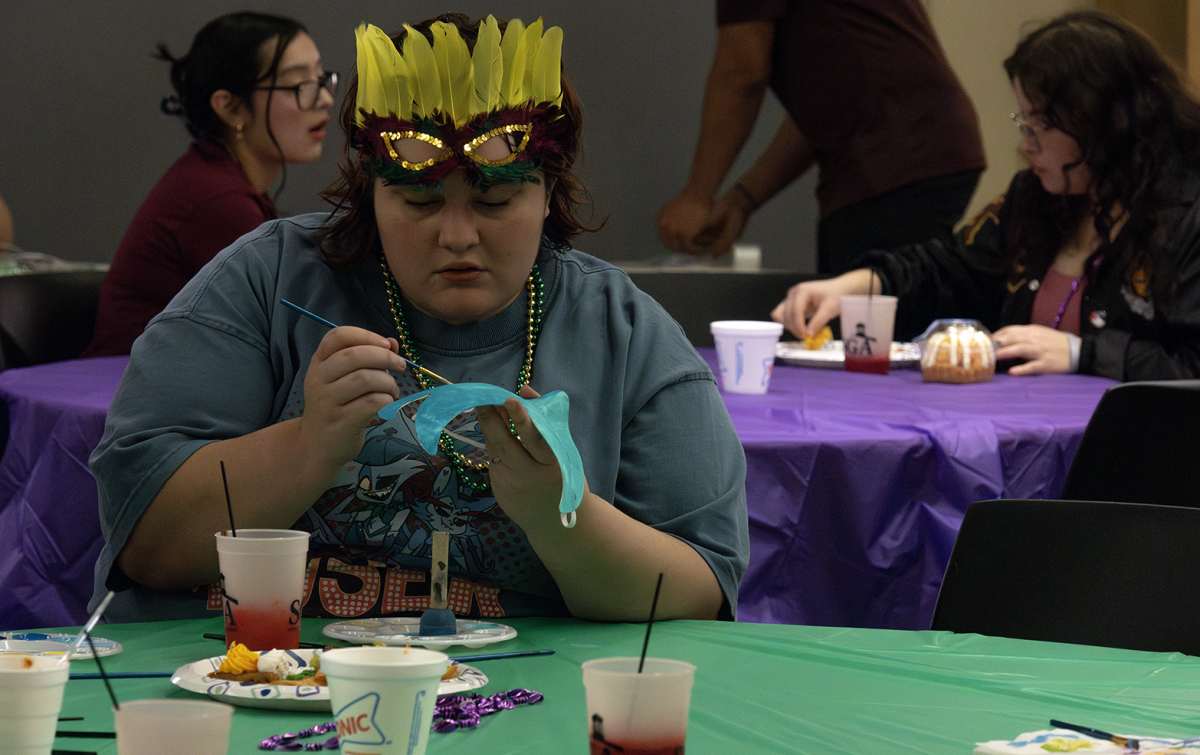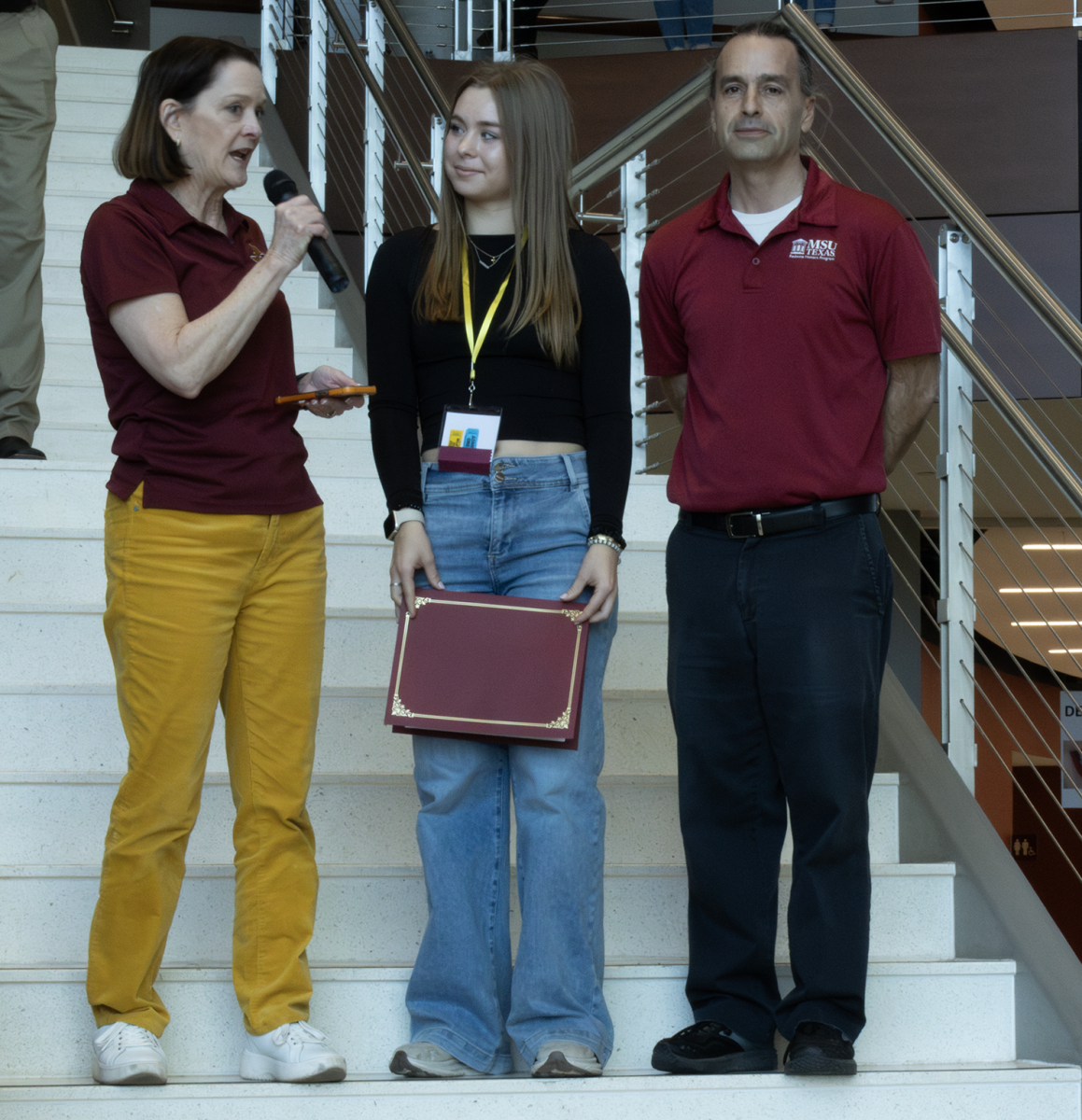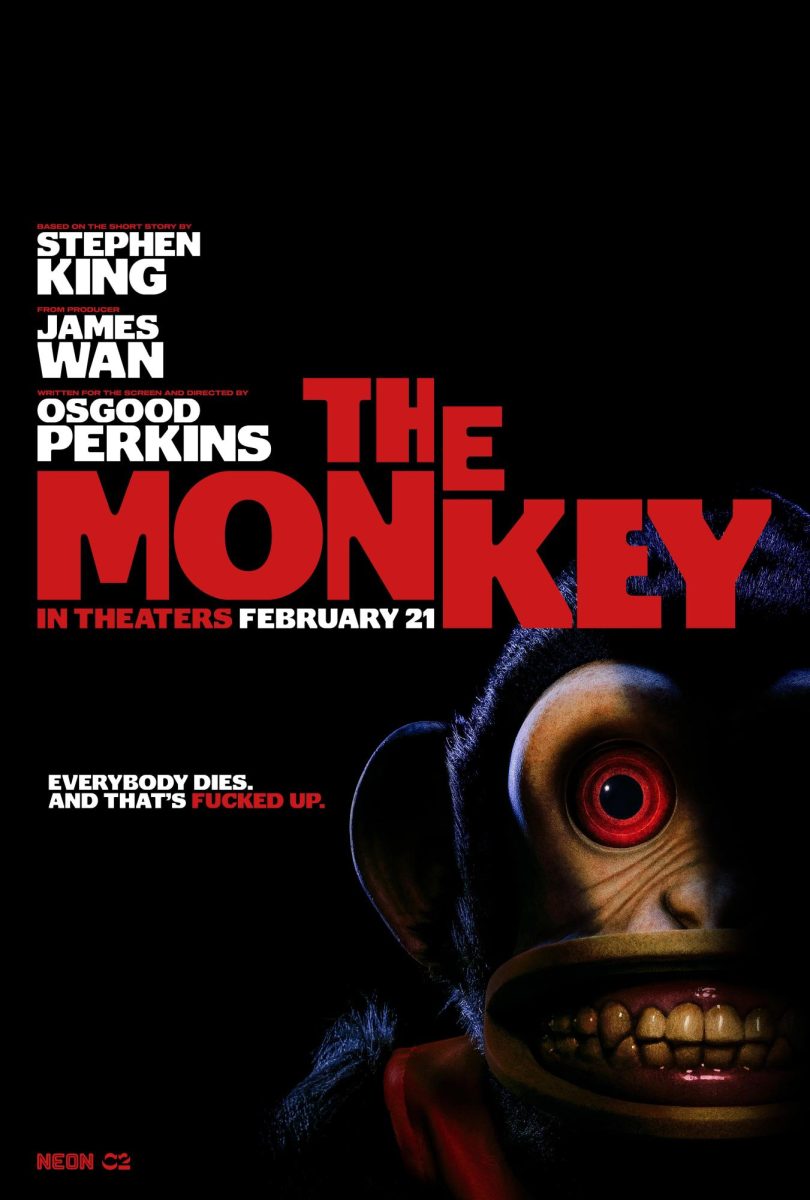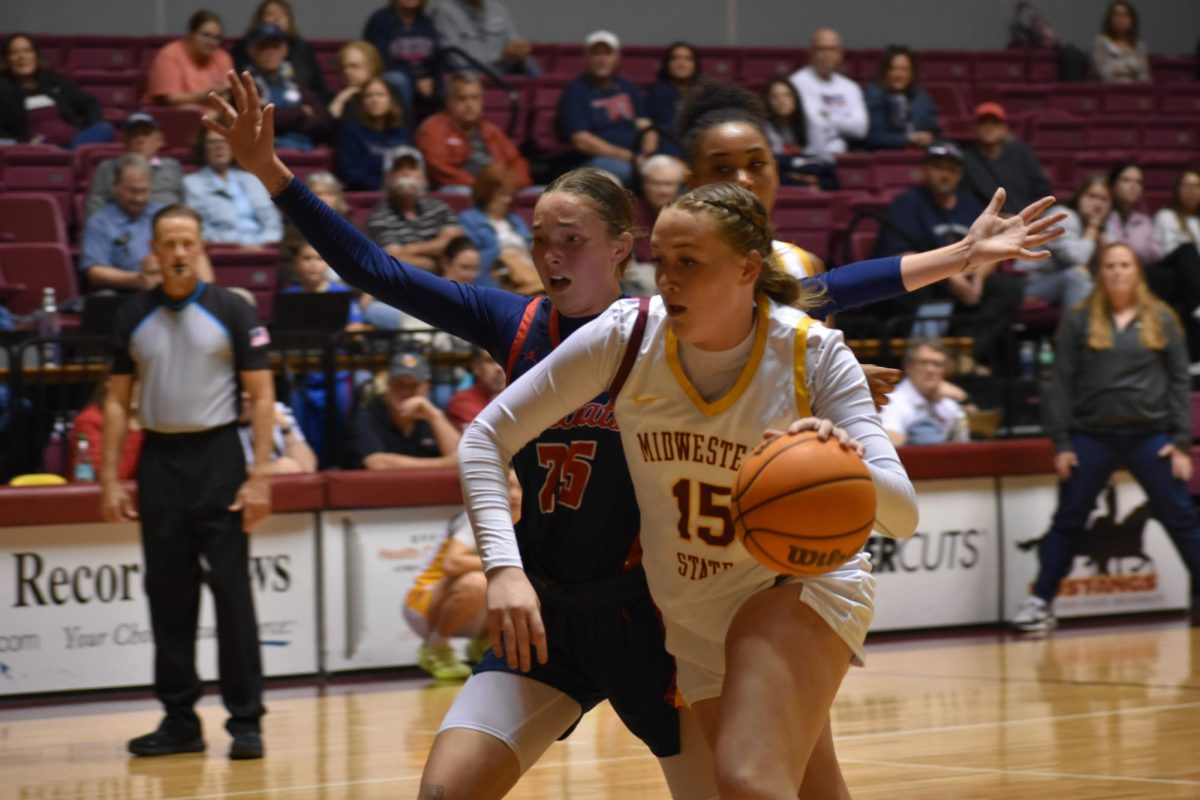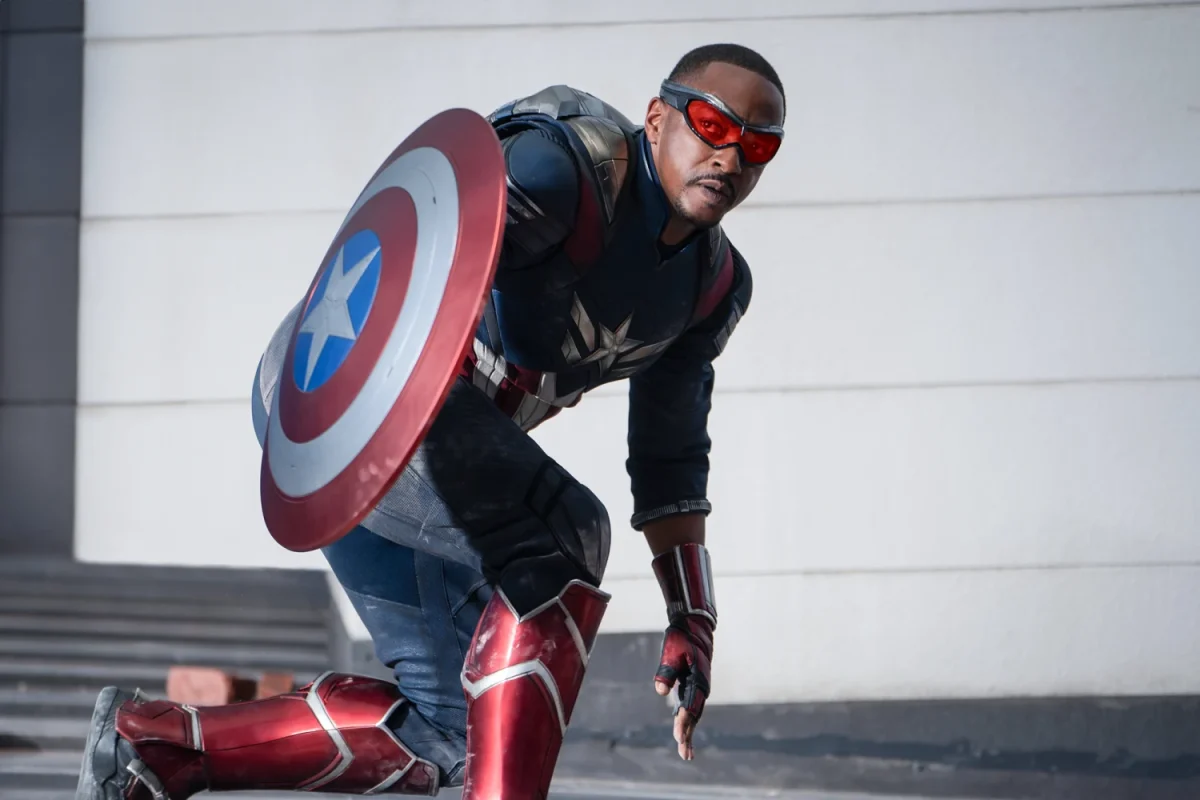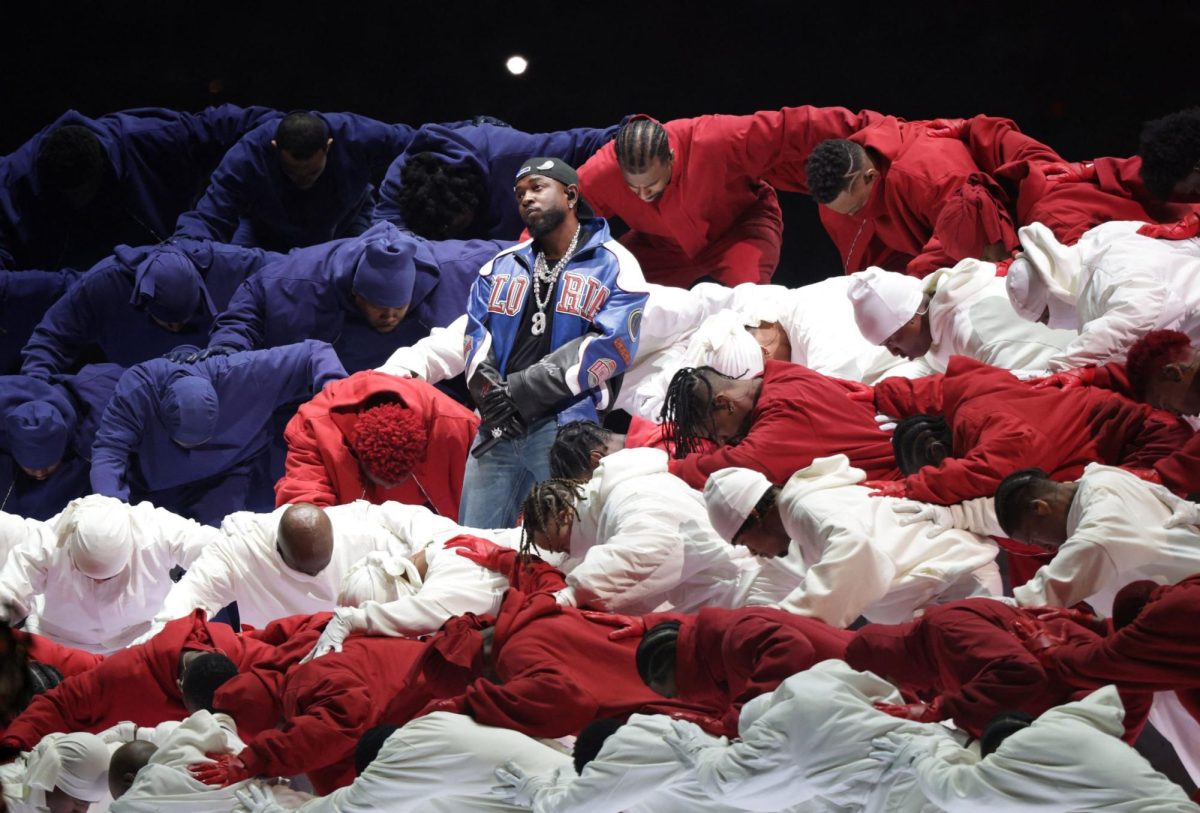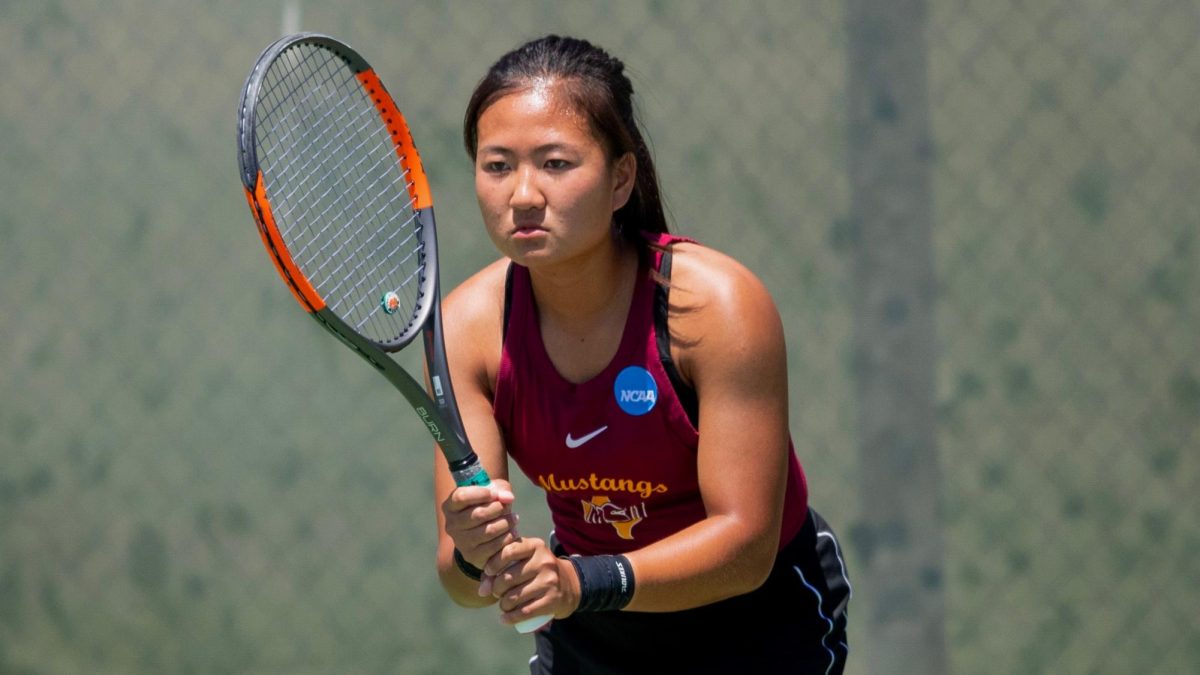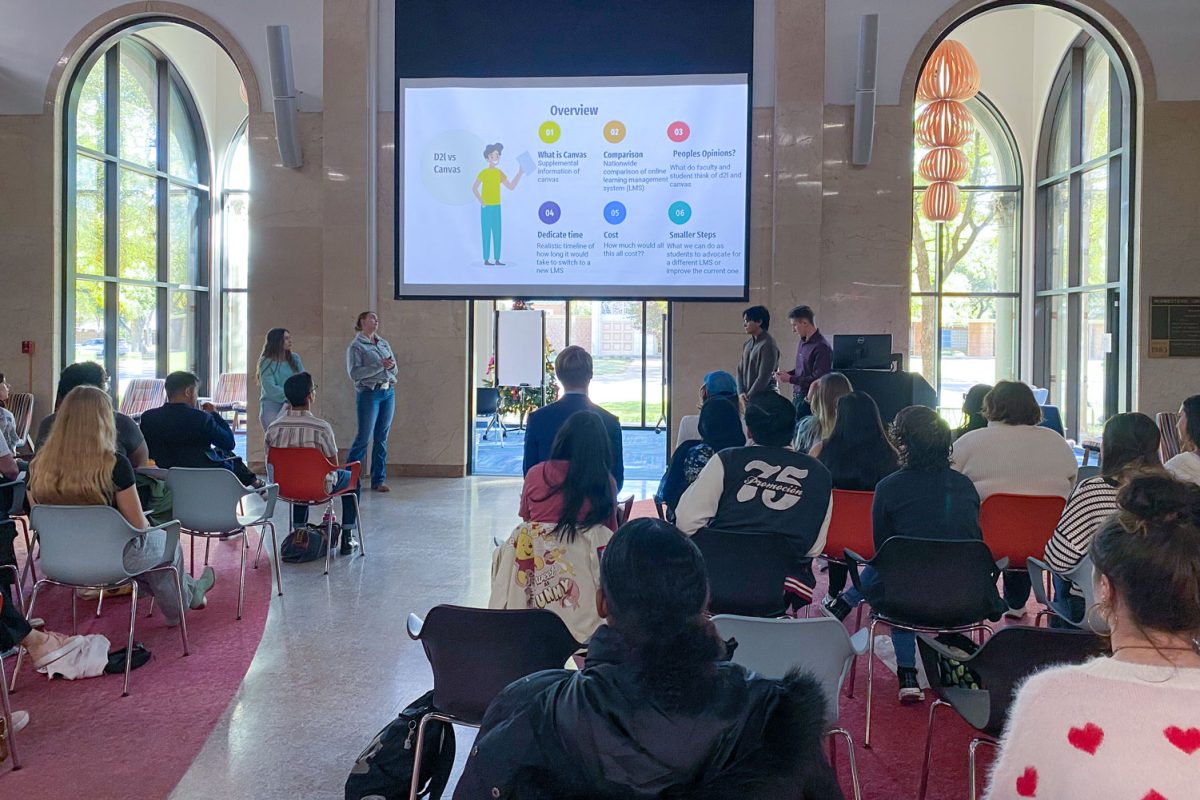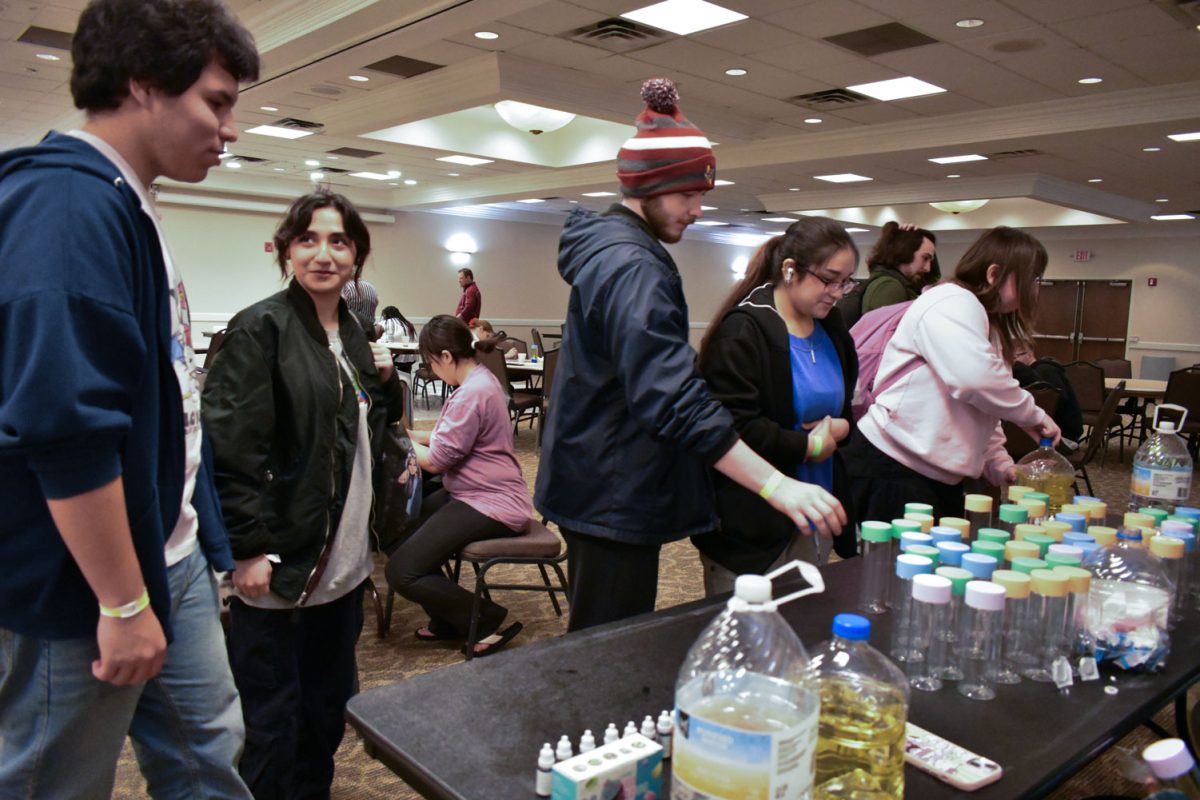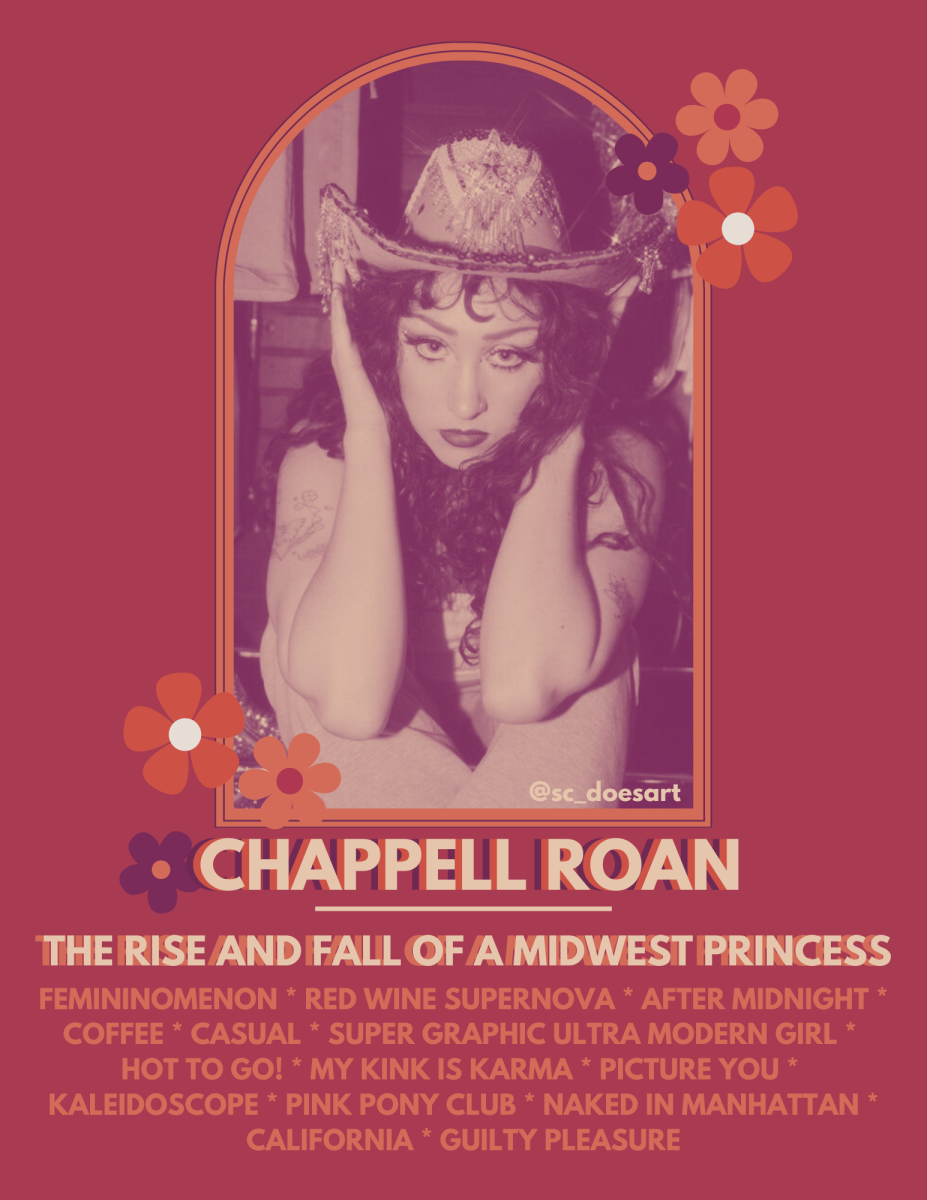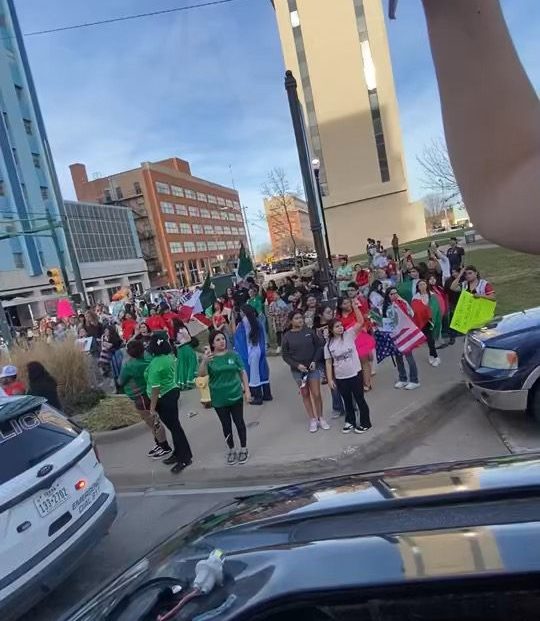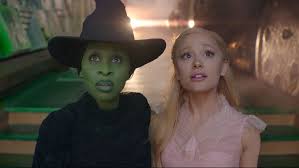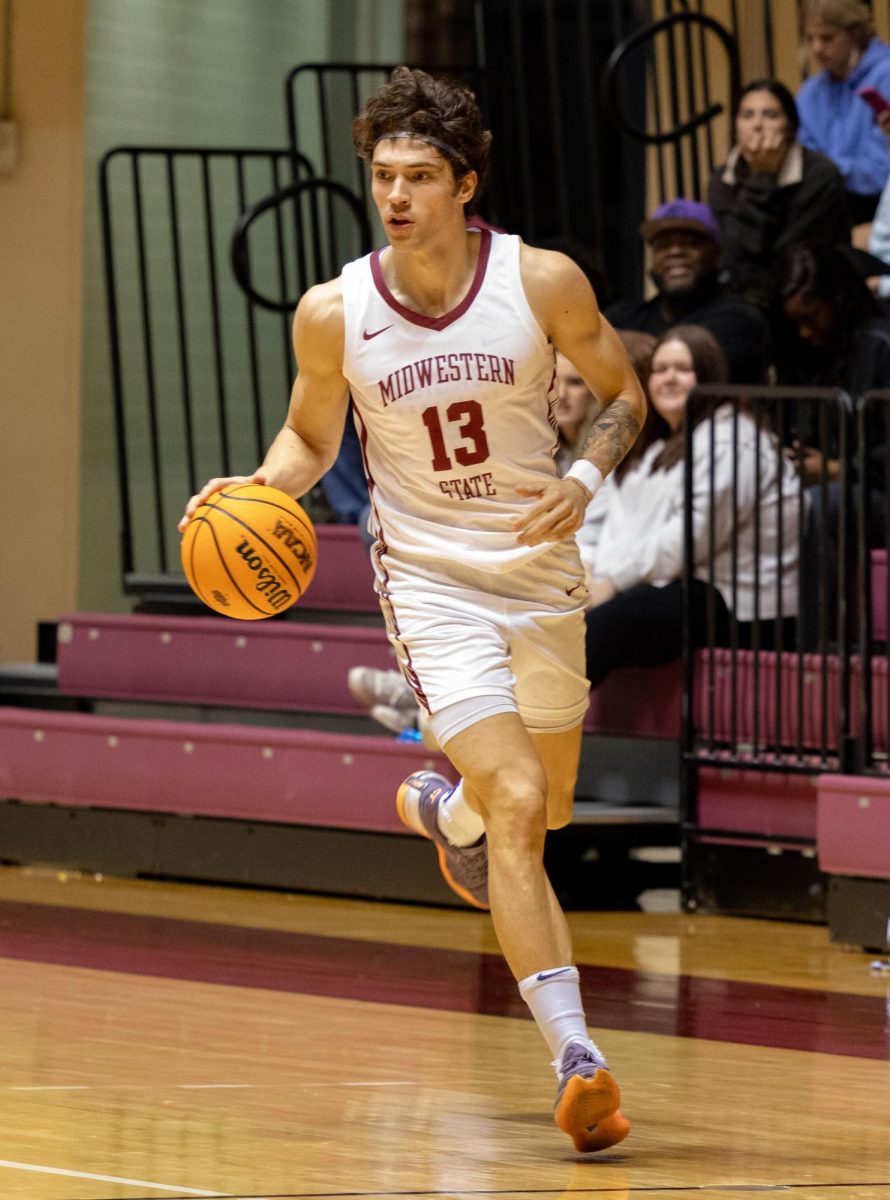MSU’s Team Selene was one of ten teams selected by NASA to compete in its annual design challenge.
NASA Spacesuit User Interface Technologies for Students (NASA SUITS) is a design challenge that allows students to gain hands-on, real-world experience designing for future space missions.
Computer science junior Rykir Evans explained what the team was proposing.
“So this year, there were two portions — a user interface for a space suit, more specifically, how the astronauts will interact with that, and the portion we got accepted to was the pressurized rover portion. So, we’re developing a user interface for a rover and that the astronauts will actually ride around in and interact with. And there is also a portion that is AI integrated,” Evans said.
Faculty advisor Tina Johnson had initially learned about the challenge from an MSU alumnus.
“The way that we found out about it was that we actually have a former computer science student working at NASA,” Johnson said. “And he emailed me directly and said, ‘hey I don’t know if you know about this, but we have this competition,’ and then he gave me a link to the website.”
The team spent about a month preparing its proposal and on Oct. 31, they submitted a 20+ page proposal to NASA.
“The mission description gives you all of these requirements for each portion [for] the astronaut user interface and the rover. And then you basically have to detail technically how you’re going to accomplish it, the concept of how you’re going to operate it, how you’re going to test all of the stuff you develop and then there was how you’re going to manage the whole project, and obviously outreach.”
Despite this being Team Selene’s first year submitting a proposal, they were one of ten teams chosen to continue developing their idea.
This came as a shock to the members of the team for two reasons, the first being that there was anywhere from 30 to over 100 other submissions to the competition. The second being that MSU was competing against universities with much larger, more well-funded programs.
“Regardless of how many applicants there were, this is so big for us,” computer science senior Kerry Rahimi said. “Not only is it MSU’s first time even really attempting this at all, but we were accepted. And the co-hort that we’re with, they’re really prestigious schools. We have schools like Brown… and Rice, that’s who we’re working with and that’s really incredible to be working with such prestigious institutions,” Rahimi said.
This sentiment was echoed by computer science graduate student Mierhamza Rahimi, who said that though the team was initially intimidated by these larger schools, they were going to give it their all.
“We were kind of testing out our own validity and confidence. There is that element of, we’re a relatively smaller school and we have, you know, schools like Columbia, Rice […] in the mix, right?,” Mierhamza Rahimi said. “And so it was a matter of, well, ‘how can we even think to compete against people like that?’ … And we really found, just, let’s find our attempts at this just to be our best efforts and then we’ll carry on as is, right? And it’s with that newfound confidence that we kind of just were like, ‘let’s, just do our best.’”
The team consists of thirteen students with seven of those students being team leads. Despite having many team leads, the group worked well together.
Mierhamza Rahimi is the project manager and explained that though asking whether or not they had too many leaders was important, the attitude everyone had also played a large role.
“The attitude we had was also just as important,” Mierhamza Rahimi said. “Nobody had any bearing on trying to take over any other spots or over shadow anybody. Everyone has been working collaboratively and on the same page, and it’s because of that attitude that we’ve been able to get as far as we have been.”
Despite having good leadership, there was still a learning curve for many of the students. This included computer science sophomore Victoria Heredia.
“For me this is a big jump. I didn’t start coding until I started at MSU in my first year, last year, so jumping into this project was very very a big step for me,” Heredia said. “I had to start learning Python and all those things, but I am actually enjoying it. I am learning how to work in a team, I’m learning a new coding language and yeah, overall [it’s] an experience right now for me.”
Computer science junior Zachary Lewis shared his experience working on a previous research project and how it was different than working with Team Selene.
“Before I joined SUITS I was a part of another research project which also kind of space related we were launching a model rocket,” Lewis said. “But on that project the most we’ve ever had was five people [at] the end the last semester, two of them left so it’s always been a very small project. And there wasn’t a lot of coding to be done. There was only two coders at any given time, like now there’s only one it’s me but then going from that to SUITS where there’s thirteen team members.”
The team was able to divide and conquer even further, splitting into four sub-teams: outreach, autonomous navigation, graphical user interface (GUI) and their testing team.
One thing that stood out to NASA was Team Selene’s outreach section.
Kerry Rahimi is in charge of outreach and her background in early childhood education influenced her vision for outreach. This included teaching pre-school aged students pre-coding skills like critical thinking, algorithmic thinking and giving these children hope that they could one day be an astronaut.
However, the vision transformed when Johnson found out that her connection to one of the local schools now worked for one of the prisons.
“So I used to be associated with a program called ‘Tech for Teens,’ and I’m still on the board,” Johnson said. “On the board there are several teachers… and one of the teachers when I asked about doing outreach, I said, ‘Gwenna, could we come to your school?’ … And she said, ‘Oh well, I’m no longer at Kirby, but you could always come to the prison.’ And we were just kind of laughing and I said, ‘You know what? That might not be a bad idea.’”
Though they have not been able to execute that kind of out reach yet, they are still wanting to pursue it.
“It may fall through, but I think we really want to make it happen, because it was noted by NASA as being something super innovative,” Kerry Rahimi said. “They said they had never seen anybody attempt that kind of outreach.”
Team Selene will be traveling to Houston later this semester for NASA SUITS’s test week.
In the mean time, they are having bi-weekly and monthly meetings with members of NASA to help them continue forward momentum.
Not only that, but they are trying to set future members up for success. Computer science junior Adrian Robledo explained how he wanted to help continue this momentum for future mustangs.
“We’re trying to set this up for future MSU teams. Because it’s been it’s been it’s an eight year long program that’s been going on, so this is the first time we’ve been we’ve applied and we got accepted,” Robledo said. “So we want to make a good impression and stuff so we future teams can also apply for and get the same opportunity we had.”
Team Selene is thankful for the support they have already received from the community, including mentorship from retired computer science professor Richard Simpson, as well as a grant they received from MSU.
The team is also currently looking for people to help them test designs, so if you are interested in helping Team Selene, please DM them on Instagram at: @msutexas.selene



